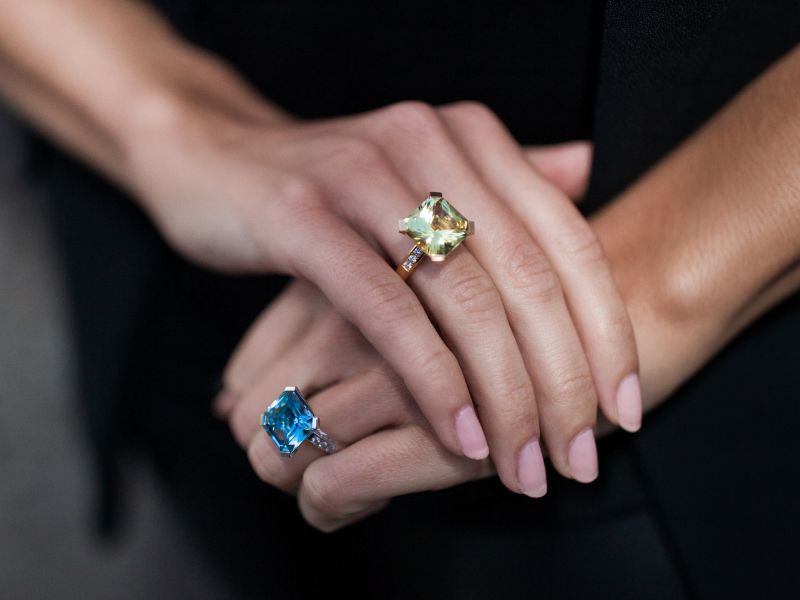
What Is the “Life” of a Gemstone?
Share
Today, I want to talk about what truly goes into the creation of a gemstone before it becomes part of your collection or jewelry. I’m not speaking about a gemstone as just an object, but about what lies behind its external beauty—its “life.” Yes, that’s right, gemstones have their own life paths, and these journeys are no less unique than our own.
How Does the Life of a Gemstone Begin?
It all starts deep within the Earth, where minerals undergo billions of years of intense heat and pressure. Imagine: millions of years where carbon atoms in the case of diamonds, or other elements in various minerals, begin to organize themselves into crystalline structures. This is an incredibly slow process, shaped not only by natural forces but also by geological activity.
For gemstones like diamonds, sapphires, and rubies, formation is essentially a slow masterpiece created by time and natural processes over geological eras. Stones such as amazonite or malachite also originate deep within the Earth, but under completely different conditions, which determine their color and properties.
Where Do Gemstones Get Their Beauty?
Some minerals go through such long and complex stages that their structures retain inclusions—tiny “stories” that reveal how they were formed. These inclusions can be traces of other minerals, gas bubbles, or even signs of how the stone interacted with its surroundings.
The mesmerizing opalescence in opals or the incredible depth of color in emeralds is also the result of a gemstone’s specific “life” and history. None of it is random, and with every stone we hold in our hands, we become part of a story that began long before it appeared in a jewelry store.
The Long Life of a Gemstone and Its Value
Gemstones like diamonds, sapphires, and emeralds are valued not just for their appearance but for the history they carry. Each stone is a fragment of Earth’s history. Think of how many events have taken place on our planet while this gemstone was forming. We’ve previously discussed that diamonds are around 3-4 billion years old—that means they have witnessed incredible changes on Earth.
When you look at a gemstone, you don’t just see its shape and color—you see traces of time itself. It has been part of the very geological story that makes it valuable and unique.
What Happens to a Gemstone Next?
Once a gemstone is discovered, its cutting and polishing are not just methods of enhancing its beauty—they mark the next stage in its life. It changes form once again, and even at this moment, it continues to exist as a unique fragment of history. Every step it goes through only adds to its value.
And in your hands, it continues to live—not just as a piece of jewelry but as a rare and extraordinary element that has traveled through centuries to reach you. This, in my opinion, is where the true magic of gemology lies—the ability to see not just a stone’s beauty, but the long and intricate history behind it.

Olga Bachurina,
Co-Founder of Venus in Libra,
Certified by GIA & Gübelin Academy



